I was able to get a chance to audition the Sony NW-ZX300 Walkman hi-res portable digital audio player. In this quick review, I’m going to share my sound impressions of the NW-ZX300 vs the Opus#1S. I’ll also include some of the ZX300’s features and specifications and my opinion whether it’s a good buy or not. The Opus#1S is one of the portable DAPs I used to test and audition several earphones, IEMs and headphones. I’m still using it simply because it sounds very clean, clear, balanced and really good. It’s simply a no-BS portable audio player. Recently, I was planning on getting the NW-ZX300 as an “upgrade” DAP so that I’ll have a new or another reference DAP I can use in my reviews. Plus that 4.4mm balanced output is growing popularity. So did I pull the trigger, ditch the Opus#1s and bought a Sony NW-ZX300? And should you buy one as well? Let’s find out in my quick review below.
Sony NW-ZX300 Walkman Series Features and Specifications
The Sony NW-ZX300 Walkman series is just one of the many portable digital audio players that Sony has to offer. It’s like a mid-range product for music lovers and audio enthusiasts. Sony still has the NW-WM1A Walkman and NW-WM1Z as their higher-end and flagship portable audio players. Both belong to the Signature Series and are priced significantly higher compared to the ZX300. Speaking of price, the ZX300 comes with a suggested retail price of $699.99 USD, while the WM1A retails for $1,199.99 (MSRP) and finally the flagship WM1Z retails for $2,600.
The Sony NW-ZX300 is a high-resolution audio player and can play both lossy and lossless audio formats; or PCM audio formats (like MP3, FLAC, etc) up to DSD 11.2 MHz. Most of Sony’s internal components are proprietary, unlike other DAPs in the market. So we don’t exactly know what DAC chip and AMP chips are used inside. Sony uses marketing terms like S-Master HX digital amplifier for “ultimate sonic purity” and DSEE HX – a digital sound enhancement engine. These are all proprietary technology from Sony.
The Sony NW-ZX300 is a solid product, quality is top-notch and built quality is great. Basically, everything seems to be well-polished including the software. It’s like a small and slim smartphone, very comfortable on the hand. One hand operation is achievable and it’s also pocket friendly. Its body is made of rigid aluminum milled frame and according to the company it’s also waterproof. Not really sure about that one though.
The operating system is Sony’s proprietary. It’s definitely not Android based and it’s also very user friendly. You navigate by swiping up, down, left or right. The display is touch screen but I feel that it’s a little bit small. Quite small for people with big thumbs or fingers. I wish that Sony maximized the front area for display instead.
On the right-hand portion there’s the dedicated lock switch, previous, play/pause and next buttons, a larger volume up and down buttons and finally the power button. On the other side is a single microSD card slot. One thing I noticed is that you will have to format a blank microSD with the ZX300 so that it will read and recognize the files inside. I tried directly inserting some of my microSD cards that I used to test portable players, but it didn’t recognize them or the audio files inside. I was left with no choice but to format the microSD card, then copy the files again from my PC to the ZX300 using Sony’s proprietary USB connection.
On the top portion of the Sony ZX300 are the 3.5mm standard singled ended headphone out and the 4.4mm balanced headphone out. The 4.4mm termination is quite getting popular nowadays. Perhaps soon, it would replace the 2.5mm balanced connector. At the bottom portion of the ZX300 is the WM-PORT, which is also proprietary, and a hole for lanyards. If there’s one thing that I don’t like about Sony, it’s there proprietary connection or storage. Remember the Sony Memory Stick Pro Duo? Even Sony’s early mobile phones don’t use the standard micro USB connection. I’m glad they ditched the Memory Stick Pro Duo in favor of the standard microSD cards for their portable audio players.
Below is a specifications table of the Sony NW-ZX300 Walkman for more of its features and specs.
| Specifications | Sony NW-ZX300 Walkman |
|---|---|
| Operating System | Sony original OS |
| Display Resolution | 3.1-inch, 800x480 |
| Display Type | TFT color display, capacitive touchscreen |
| Audio Features | Direct Source (Direct) 10-band equalizer Tone control (exclusive) DSEE HX DC Phase Linearizer Dynamic Normalizer Digital Noise Cancellation |
| Audio Formats | MP3, WMA, FLAC, AAC, HE-AAC, Apple Lossless, APE, DSD (1 bit / 2.8224, 5.6448, 11.2896 Mhz) |
| Headphone Out | 3.5mm single ended - 50 mW+50 mW (High Gain) 4.4mm balanced out - 200 mW+200 mW (High Gain) |
| Connectivity | Sony WM-PORT 22 pins / USB 2.0 compliant NFC, Bluetooth 4.2 (A2DP, AVRCP, SBC, LDAC, aptX) |
| Internal Storage | 64GB |
| External Storage | 1 micro SD card slot |
| Charging Time | 5.5 hrs approx. |
| Durability | Waterproof |
| Size | 57.7 mm x 120.4 mm x 14.9 mm |
| Weight | 157 g |
| Color Options | Black, Silver |
| System Requirements | Windows 7, 8.1, 10; macOS v10.8-10.12 |
Sony NW-ZX300 Sound Impressions vs Opus#1S DAP
I only had the Sony NW-ZX300 for 1 night. So I had to copy and listen to the usual tracks I listened with when I compared and test earphones and different sources. And I was only able to compare the ZX300 with the Opus#1s. Remember, my first intention was to get a ZX300 or stick with the Opus#1s.
To my surprise, the Sony NW-ZX300 and Opus#1s have similar sound quality and performance, especially when I used their respective balanced output. Both DAPs have very low noise floor. This means that if you have a (very) sensitive earphone or IEM, and the noise floor is not that low, you will hear a hiss or some noise on the background. Both the ZX300 and the Opus#1s have a very low noise floor and background noise is definitely not a problem at all, even when using Campfire Audio’s Andromeda.
Instrument separation, sound staging, vocal clarity and micro details are all present on the ZX300, just like with the Opus#1s. The obvious difference I can hear and observe between the two portable audio players is that the ZX300 tends to be warmer compared to the Opus#1S. The Opus#1S sounds just a bit bright with better micro details and clear edges; just like a sharp camera lens producing detailed photo. Meanwhile, the ZX300 is soft and smooth, which is not my cup of tie. I want to hear every bit of detail even the small nuances, and the ZX300 is a bit too smooth for me. Now that’s what I hear when I use the 3.5mm unbalanced headphone out.
When I tried the 4.4mm balanced output, the Sony ZX300 sounded just a bit brighter, with more energy and power. The smoothness was lessened and both the ZX300 and the Opus#1s now sounded very much a like to my ears. Perhaps the ZX300 still came just a bit warm compared to the Opus#1s.
To my ears, I feel the Opus#1s is more of a reference type or has more of a reference tuning compared to the Sony ZX300. The ZX300’s sound signature, for me, tries to be more appealing to the mass consumers. Sony’s audio products do tend to be on the warmer side, and usually implements the “consumer-friendly” sound signature instead of a more reference-tuning.
Sony NW-ZX300 and Opus#1s Pricing and Availability
The Sony NW-ZX300 Walkman is available in Silver or Black color. It has been available in the market for quite some time now. Currently, it retails for around $699 USD. Meanwhile, the bit’s Opus#1s currently retails for around $350 USD only.
Sony NW-ZX300 Walkman Review: Conclusion
With the little time I spent with the Sony NW-ZX300, I realize that this isn’t my cup of tea. Don’t get me wrong, the ZX300 is a good hi-res portable audio player. I just don’t like the smooth sound characteristics that tends to lean towards the warm side. I need something that is reference-like and transparent. When I compare and review headphones, the source could affect how the headphone or IEM sound. And if I am using a warm player, like the ZX300, I might find the earphone/IEM to sound warm or smooth.
The Opus#1s on the other hand has a plastic body, but has a large and more attractive screen display. It is Android-based but a heavily modified one, and I think they have by-passed the limitation of the Android OS when it comes to the audio output. Since the sound quality and performance is almost the same, expect for the smoothness and warm-leaning tone, not to mention the Opus#1s is significantly cheaper compared to the ZX300; I decided to stick with the Opus#1s and not pull the trigger on the ZX300.
Would I still recommend the Sony ZX300? Definitely yes! It’s a really good portable audio player. If you like a warm and smooth sounding player that is capable of playing high-resolution audio, the Sony NW-ZX300 definitely gets my recommendation. I haven’t tried its bigger brother yet, the NW-WM1A; but I heard that the balanced output of the ZX300 sounds similar to the WM1A.
If you have a smaller budget and you want something that sounds crystal clear, the Opus#1s is also a very good option as well. And I feel that when it comes to sound quality/price ratio, the Opus#1s is the better deal.

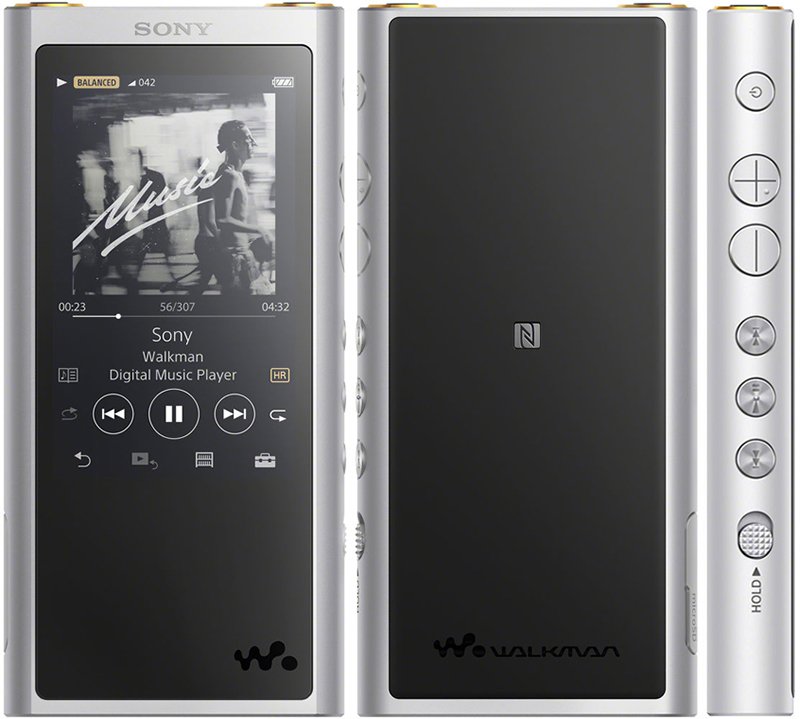

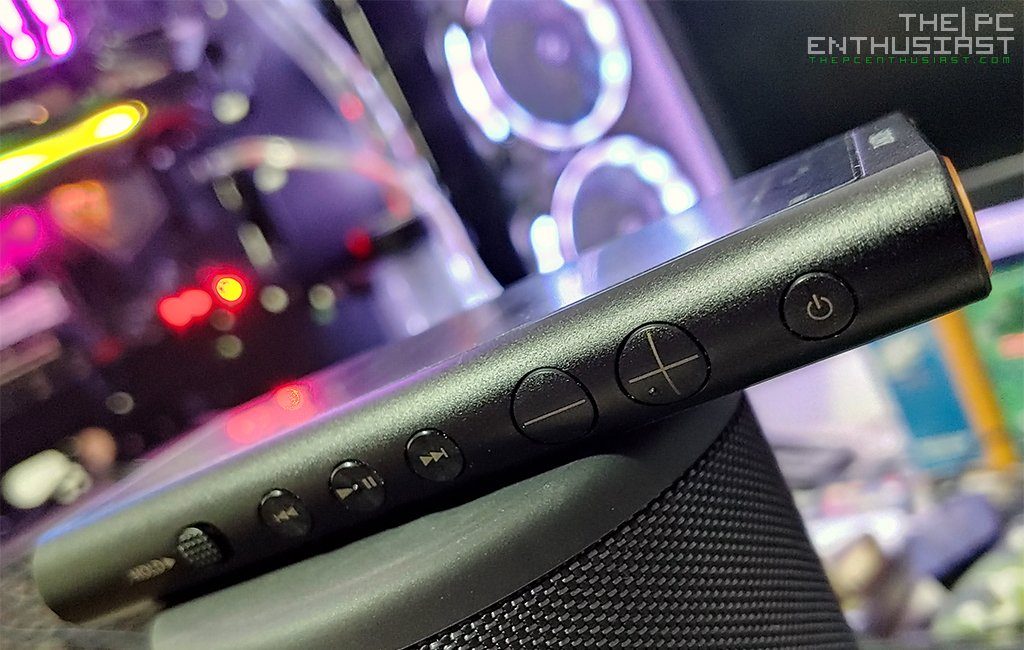



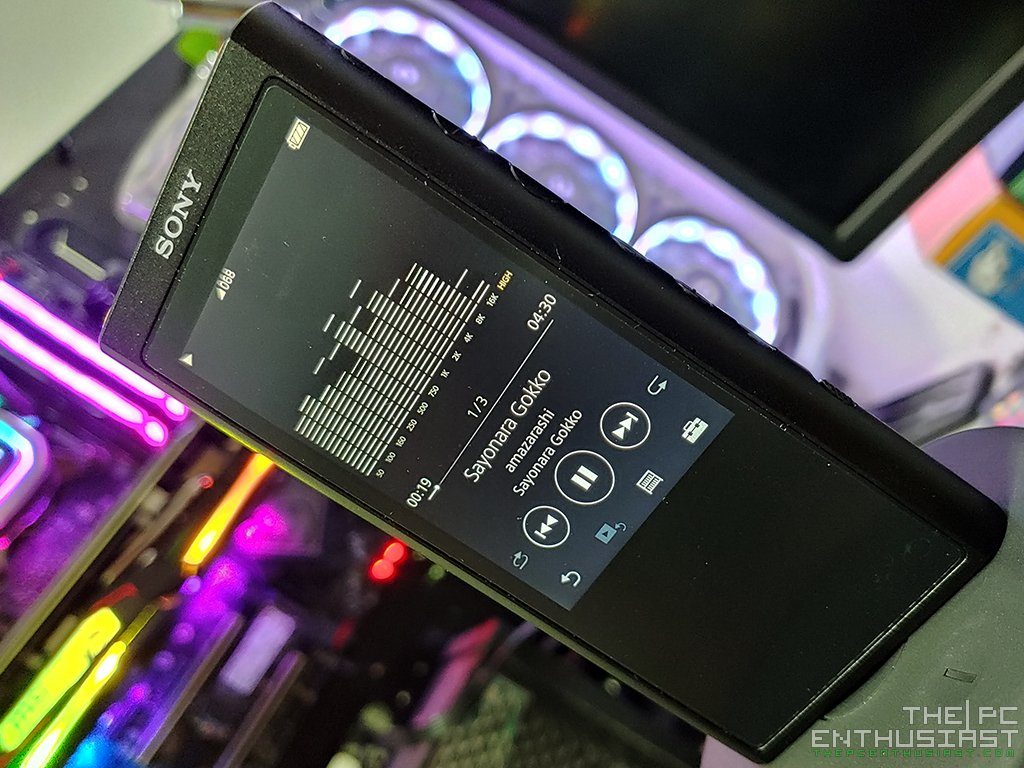

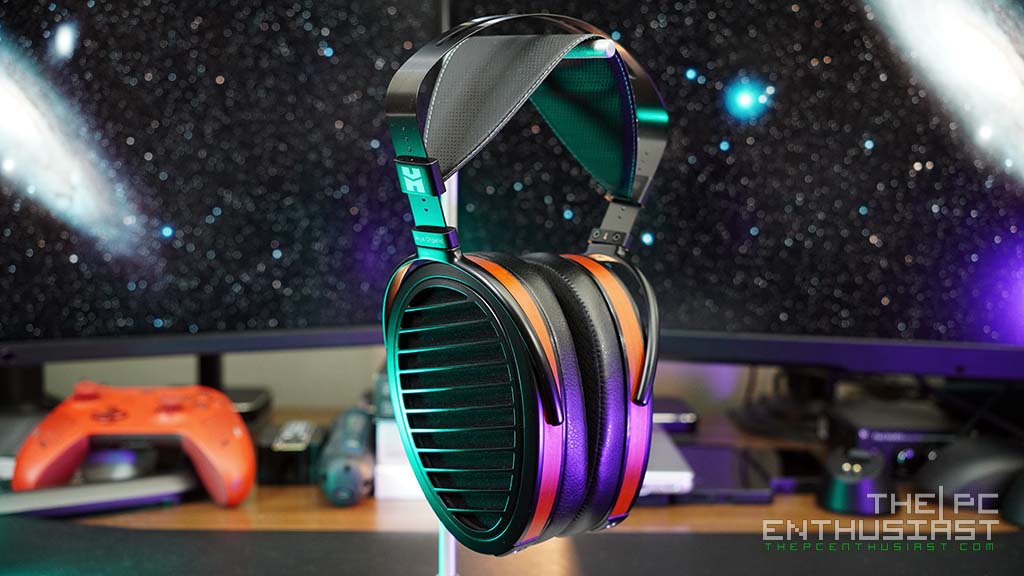
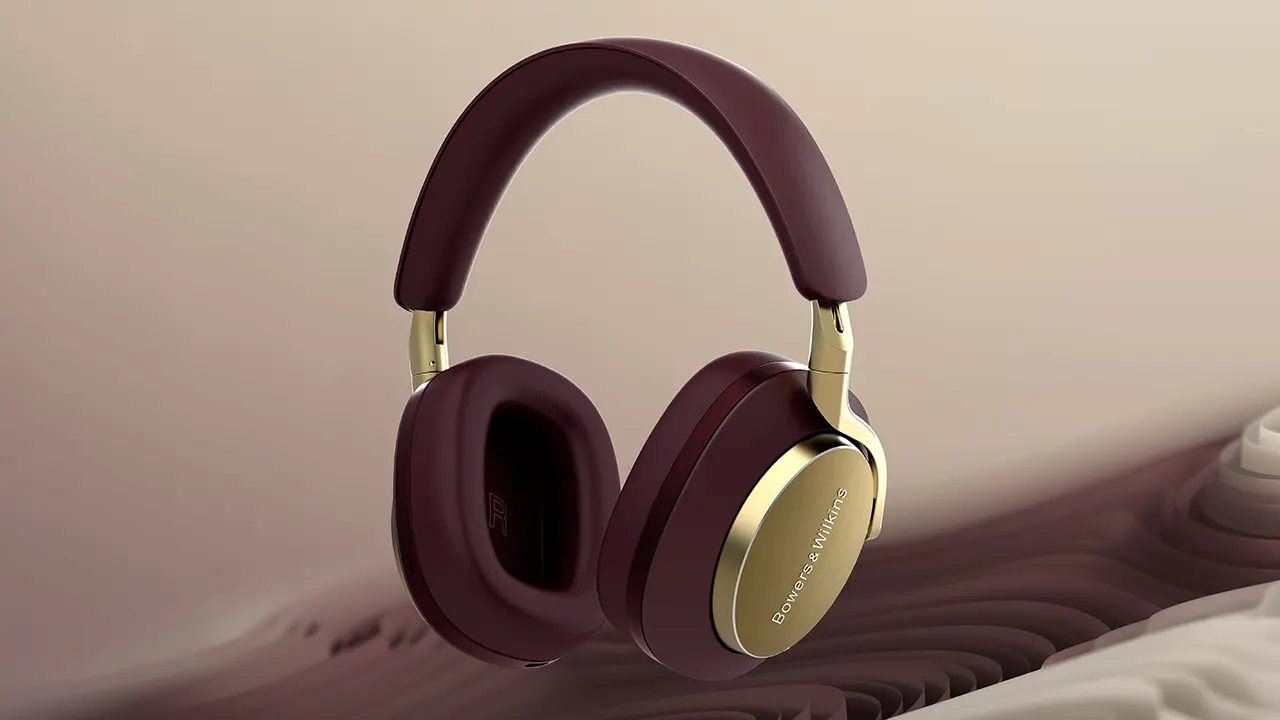
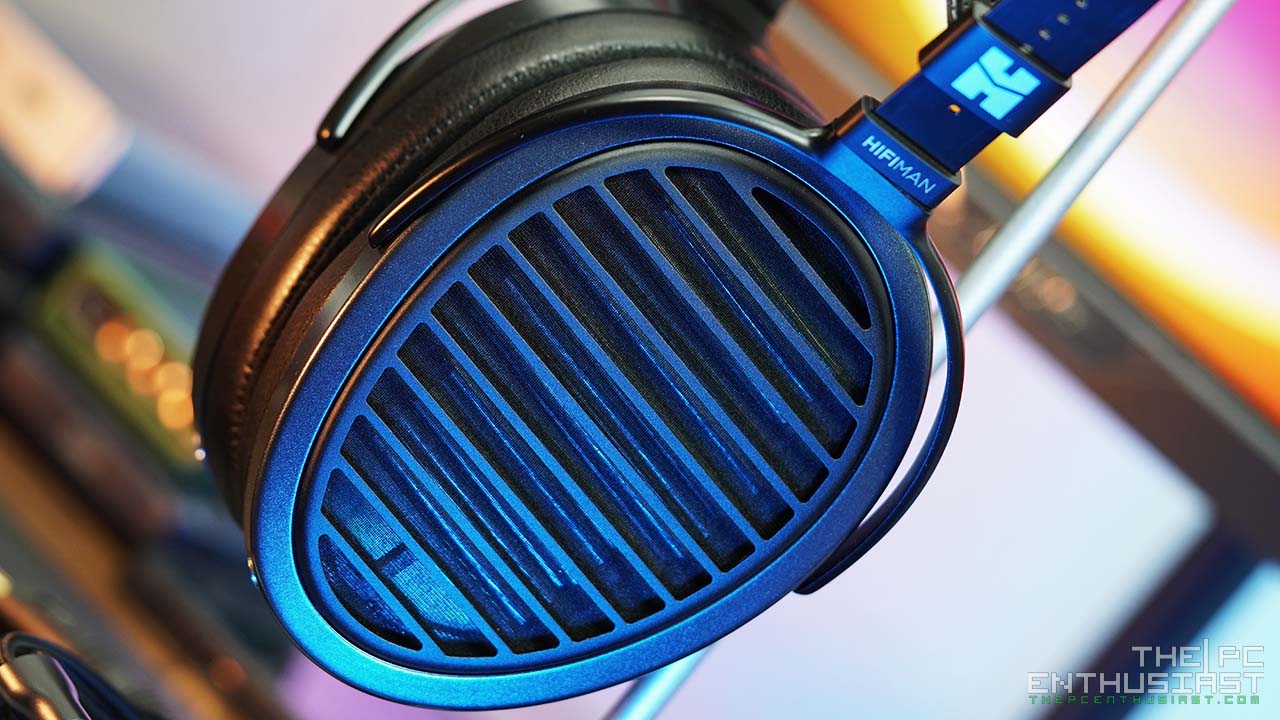
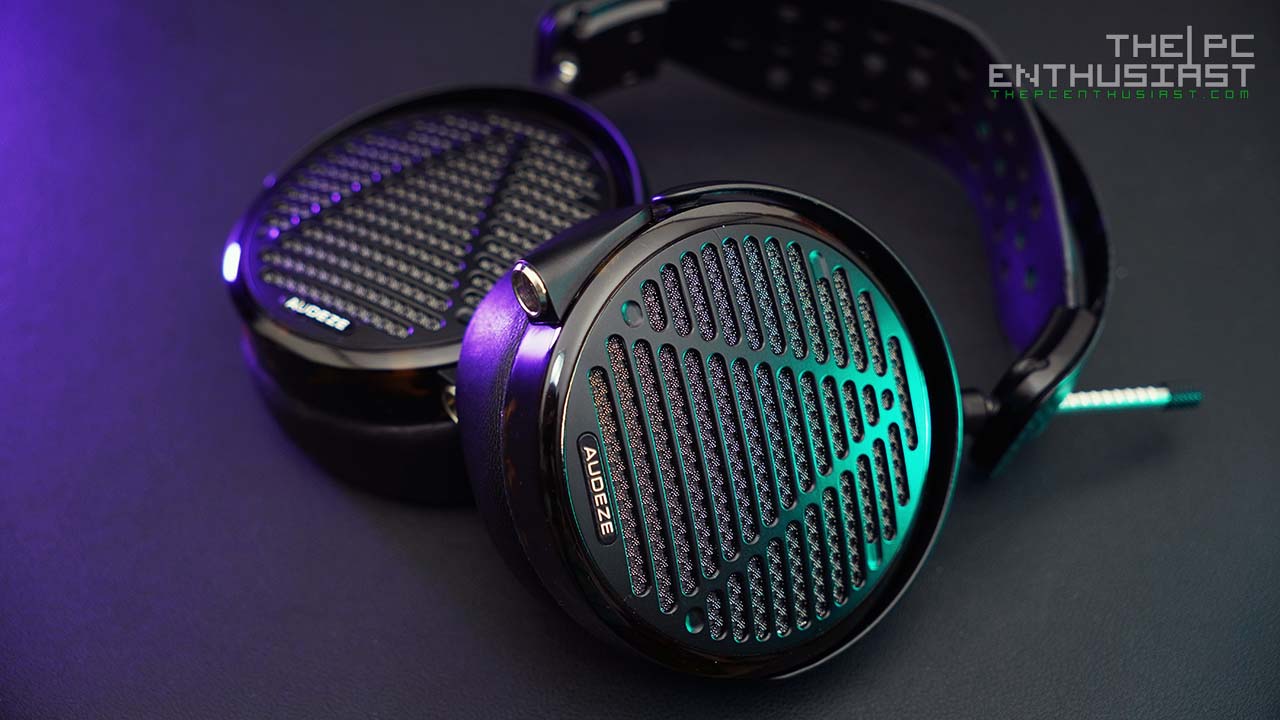
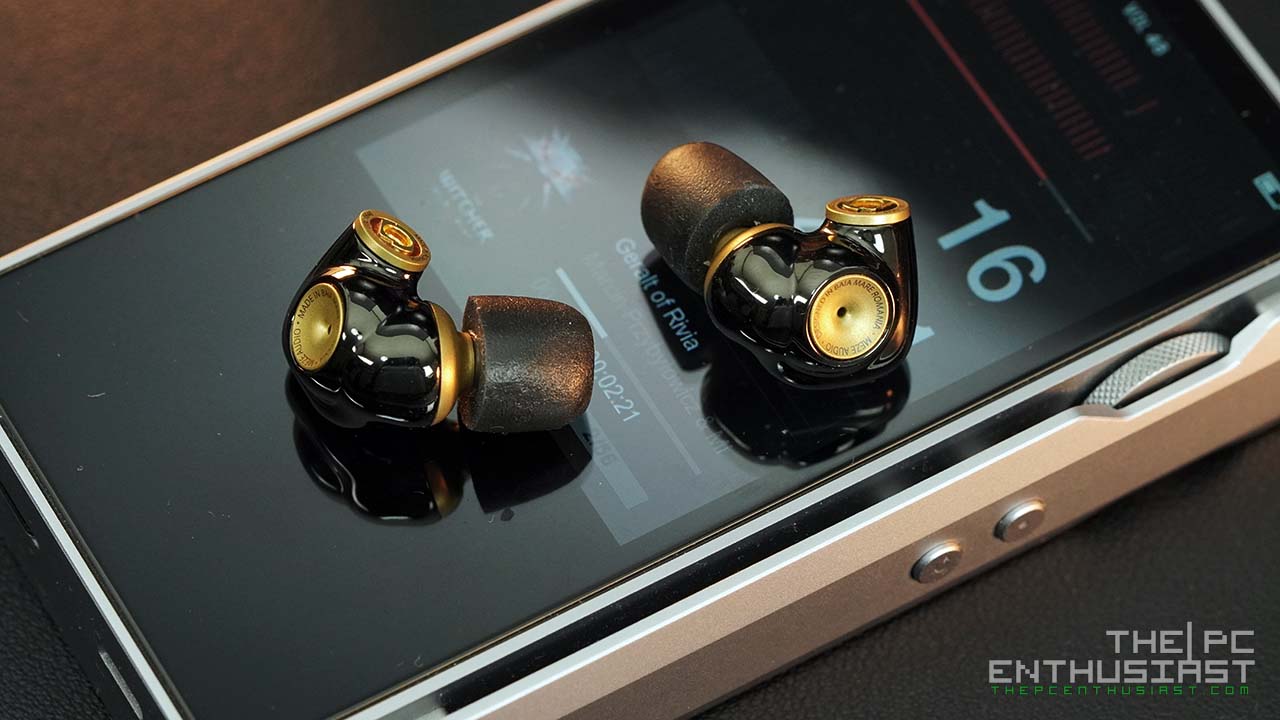


I agreed with you about ZX300. Its reliable in both firmware and hardware, sound good also but not the most detail at price range. Could you recommend me a DAP at 400$ range, detail and emotional sound?
I’m not sure about the emotional sounding but at $400 there are just a few options. Currently the Fiio M11 seems to be one of the popular choice at that price range. I personally haven’t tried it though. But I heard it could rival other DAPs that are priced higher than the Fiio M11.
Thanks
Nice review
this is my wishlist since 2018 , and now i have the money to buy it , but still have kind of dilemma
currently im using ifi nano idsd black label with homemade 2BA custom iem
what do you think, should i get dap first or iem first?
im planning to buy between zx300(450$ brand new in my country) or ex800st(300$ brand new , must import from japan) , since i can’t audition both of them i dont know which one will be better upgrade from my current setup.
i never use any daps before , what do you think about zx300 durability? especially their battery since it released in late 2017 i doubt the battery will be as good as their first release
That’s totally up to you, whether you need the IEMs first of the DAP first. If I were to buy a new audio gear, I would consider getting the headphone / IEM first since it is the last part of the chain. And affects my listening experience more compared to the DAC/AMP or DAPs.
I would only get a DAP first if I am already satisfied with the headphone / earphone I am using. The iFi nano iDSD black label is already a good DAC/AMP. So, I don’t think your experience would change much unless you are looking for a more portable setup / experience.
As for battery life, can’t really comment on that since I’m not really knowledgeable with these batteries. These modern-day portable devices with built-in battery tend to be “disposable” at some point in time. If it’s covered under warranty you may be able to ask for a battery replacement but I’m guessing you already have an idea how RMA works and the hassle or inconvenience attached to it.
Sony did release some new DAPs, although I haven’t tested or tried one, you might want to check them out as well. I believe they are the Sony Walkman NW-ZX500 and NW-A100 series. The NW-ZX507 is the successor of the ZX300.
Have you tried installing MrWalkman Firmware on it? It apparently solves the smoothness issue you have.
Hi! I have not tried the firmware and I don’t have the ZX300 anymore.
But I don’t think the “smoothness” is an issue. It is what it is and it’s a sound signature or characteristics of the ZX-300.
It’s not bad, some people prefer a smooth sound sig.
But I just don’t prefer smooth sounding sound signature.
I prefer a bit “sharp” similar to when you are looking to a photo taken using a sharp lens. Something like that.